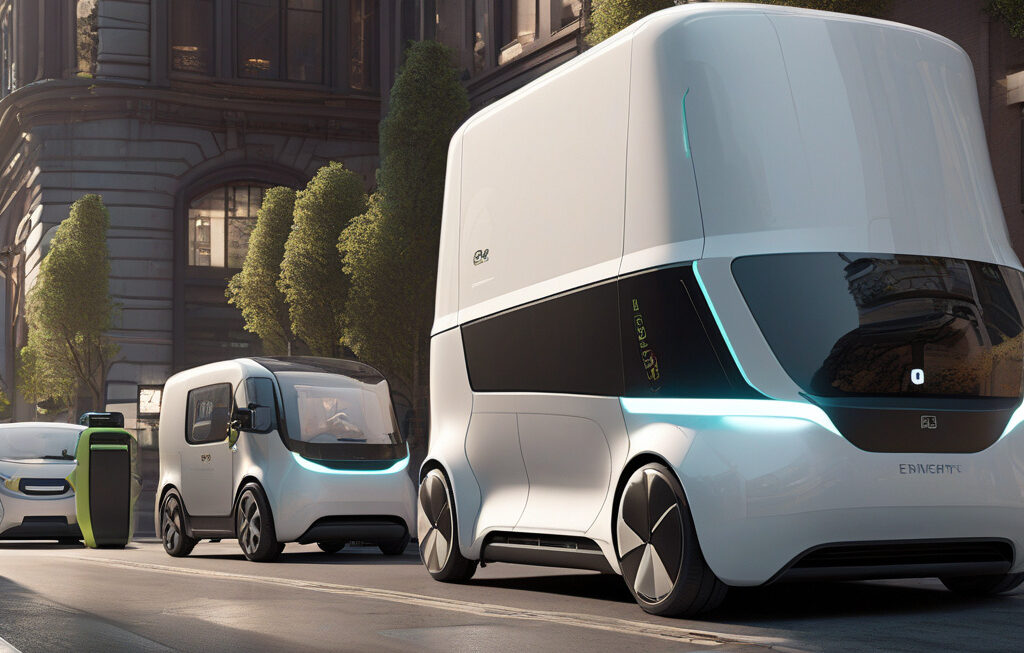Earth Observation in Action: Strategic Applications Driving Innovation Across Industries
In today’s fast-paced world, the power of Earth observation cannot be underestimated. From climate security to urban development and logistics, the strategic applications of Earth observation technologies are reshaping how industries operate, predict trends, adapt to changes, and drive innovation.
Earth observation involves collecting data about the Earth from satellites, airplanes, drones, and ground-based sensors. This data provides valuable insights into various aspects of the planet, including weather patterns, natural disasters, urban growth, agricultural trends, and much more. By leveraging this information, industries can make informed decisions, mitigate risks, and identify new opportunities for growth and development.
One key area where Earth observation is making a significant impact is climate security. With the increasing threat of climate change, businesses and governments are turning to Earth observation data to monitor environmental changes, track carbon emissions, and assess the impact of human activities on the planet. By analyzing this data, policymakers can develop effective strategies to combat climate change, reduce pollution, and promote sustainable practices across industries.
Moreover, Earth observation is revolutionizing urban development by providing valuable insights into how cities are growing and evolving. By monitoring population trends, infrastructure development, and land use changes, urban planners can make informed decisions about where to invest in new projects, improve transportation systems, and enhance overall livability in urban areas. This data-driven approach not only ensures efficient resource allocation but also promotes sustainable urban development practices.
In the logistics industry, Earth observation plays a crucial role in optimizing supply chains, improving transportation networks, and enhancing overall operational efficiency. By tracking weather patterns, traffic conditions, and natural disasters in real-time, logistics companies can better plan their routes, reduce delivery times, and minimize disruptions. This proactive approach not only leads to cost savings but also improves customer satisfaction and loyalty.
The fusion of Earth observation data with artificial intelligence, machine learning, and big data analytics is unlocking new possibilities for innovation across industries. By harnessing the power of advanced technologies, businesses can gain deeper insights, identify patterns, and predict future trends with unprecedented accuracy. This data-driven approach enables companies to stay ahead of the competition, drive operational excellence, and deliver superior products and services to their customers.
As Earth observation technologies continue to evolve and become more accessible, the potential applications across industries are virtually limitless. Whether it’s monitoring crop health, predicting natural disasters, or assessing environmental risks, the insights gained from Earth observation data are invaluable for driving informed decision-making and fostering innovation in a rapidly changing world.
In conclusion, Earth observation is not just a tool for observing the planet but a catalyst for driving positive change and innovation across industries. By harnessing the strategic applications of Earth observation technologies, businesses can unlock new opportunities, address global challenges, and create a more sustainable future for generations to come.
The post “Earth Observation in Action: Strategic Applications Driving Innovation Across Industries” originally appeared on Innovation News Network.
earth observation, strategic applications, innovation, industries, climate security












